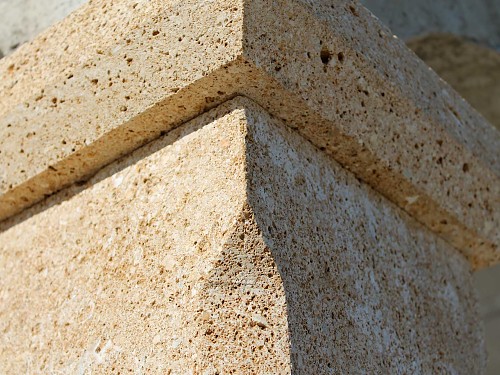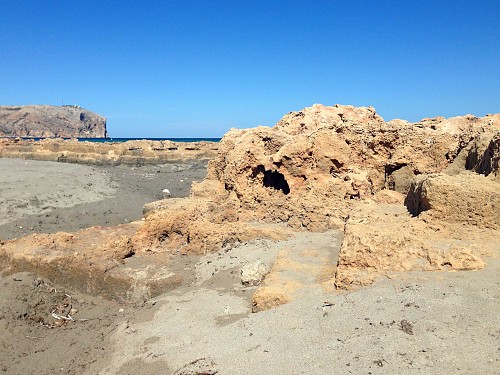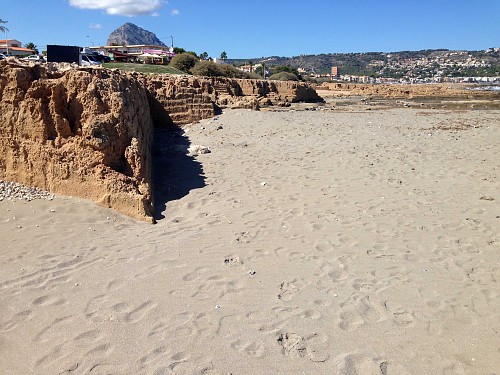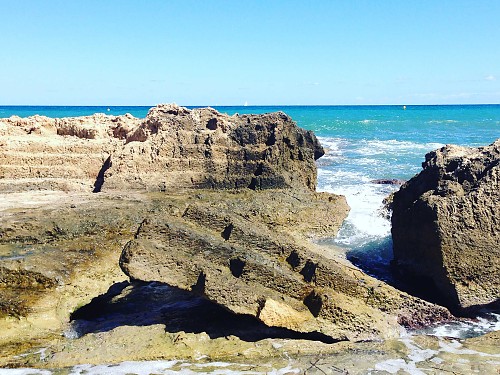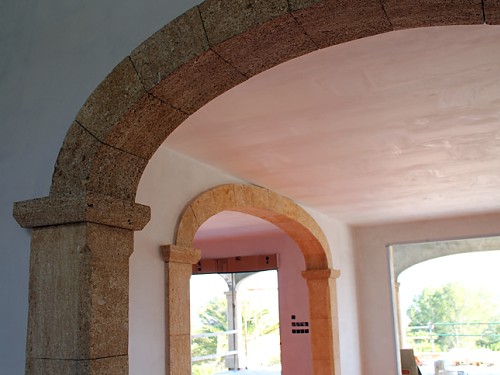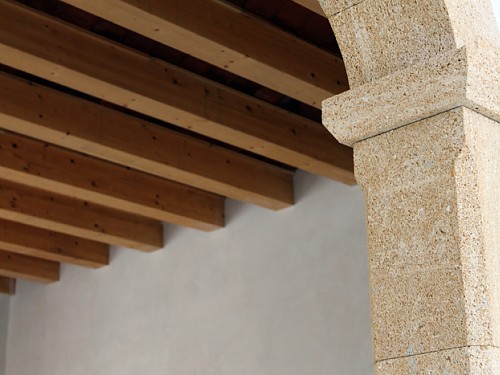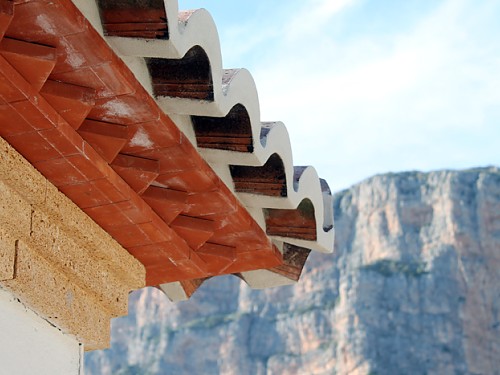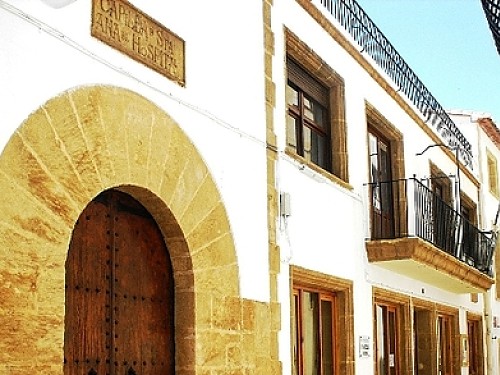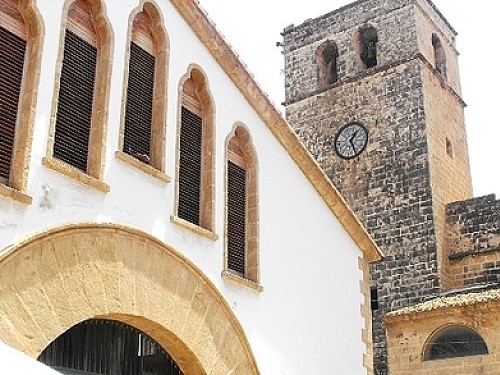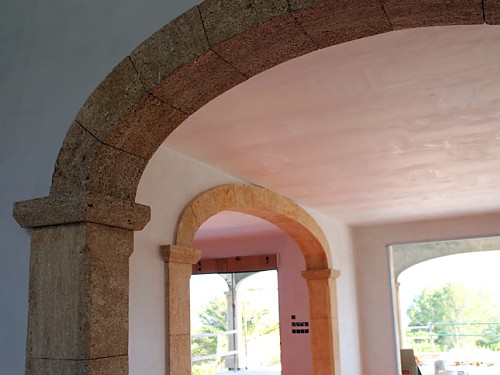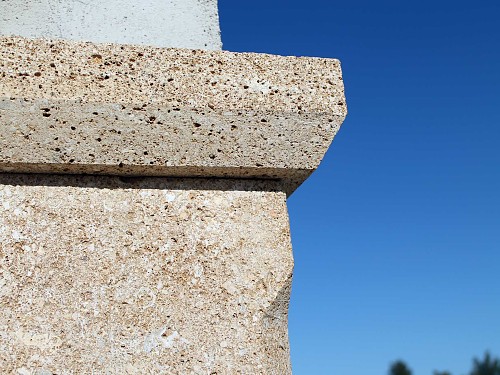The tosca, an element of distinction in the architecture of the Costa Blanca
Taking a simple walk through any area of Jávea mainly but also through Dénia or Moraira is enough to understand the importance that the rough has had, has and will have in the landscape. For centuries and centuries this type of stone has been used for the construction of all kinds of homes and other buildings: religious, administrative, tool houses, fountains, swimming pools...
The rough stone used in this area has been extracted in part from the coastline between the Port of Jávea and Cala Blanca. In the 70s this extraction was prohibited to preserve the sedimented dunes that have supplied blocks for hundreds of years. In fact, there were jobs dedicated solely to this task. The tosqueros; This is how they were known, they were in charge of carving and modeling the pieces that were later placed in the buildings. A purely handmade work.
Currently, to use tosca in a construction there are three options:
- Buy artificial stone that imitates the original rough. The finish is very similar and maintains the charm of traditional architecture.
- Bring this stone from Menorca, where it is known as marés. It is not exactly the same, but it is the most similar of all those that can be found.
- Reuse blocks that were already placed in another construction.
Even so, rough stone today is a very common element in the luxury villas that are built in this area of the Costa Blanca. An element that gives distinction and character to these houses.
